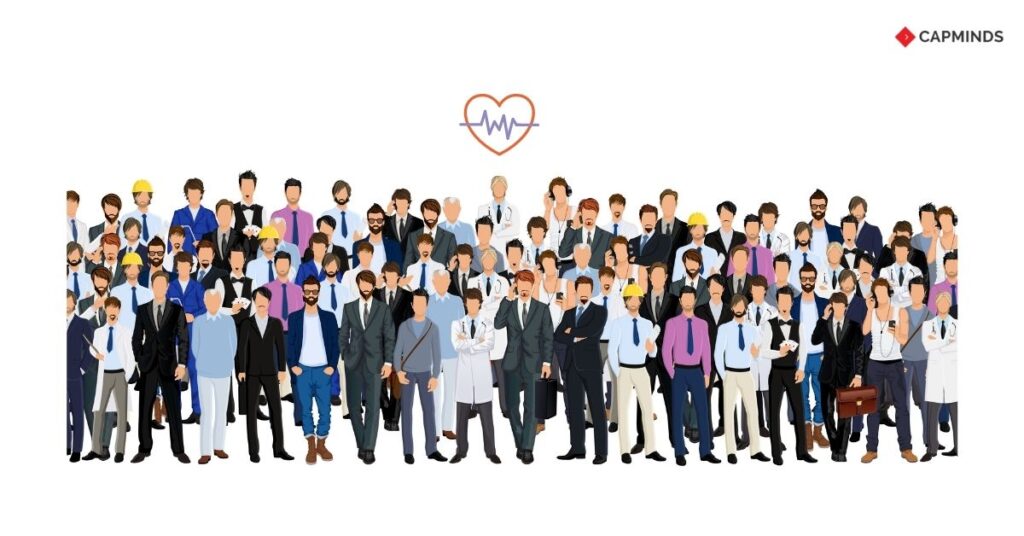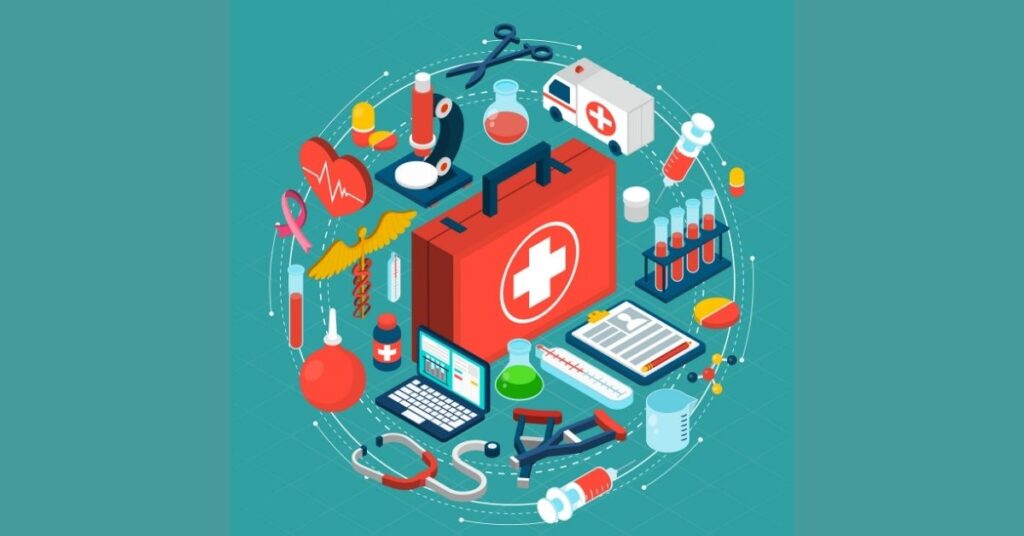The Role Of Population Health Management In Transforming The Healthcare Continuum
People have become more conscious about keeping their health on the bright side to avoid unfortunate events. Individuals especially the younger generation, primarily due to the pandemic have already started working on maintaining their health and they are halfway through it.
We are talking about individual people here. So what is population health and population health management?
Meaning Of Population Health

Health in general means the state of physical, mental, and social well-being and not purely the absence of disease and sickness. Health should be well cherished to attain good outcomes.
Population health has been defined as “the health outcomes of a group of individuals, including the distribution of such outcomes within the group”. It is an approach to health that aims to improve the health of an entire human population. It has been described as consisting of three components. These are “health outcomes, patterns of health determinants, and policies and interventions”.
What Is Population Health Management?

It is a bimonthly peer-reviewed health journal enveloping the study of population health, and the ways to improve the same by improving healthcare services. It was first established in 1998 under the name of “Disease Management”, the current name was obtained in 2008.
The first issue of the journal under the new name “Populating Health Management” was in August 2008.
Benefits Of Population Health Management

- In the U.S., many healthcare providers have already gotten on board with population health programs to enhance people’s health by taking care closer to patients.
- They have also started to transform from a reactive to a proactive model of care aimed at health and prevention rather than just the illness.
- The program uses approaches to authorize and encourage people to manage their health.
- This will reduce hospital admissions, the length of admissions, and the number of readmissions with the help of mobile care programs.
- Some new programs also facilitate “aging in place”, which allows elderly people to stay at home and take treatments rather than living in high-cost Skilled Nursing Facilities.
- For example, programs like connected ICU in PHM, allow doctors to connect with a team of remote specialists via telehealth and allow them to monitor patients continuously and identify deterioration responsively and engage and act before they become worsened.
- With these programs, one can easily visualize the virtual care center to observe not only the remote ICU beds and general wards but also the patients who are at home taking care.
RELATED: Data Analytics And Population Health
Barriers To Successful Population Health Management

- There are currently only a countable number of barriers to successful population health management because of its evolving stage.
- One of the major barriers is the change required by the management to implement new ways of working.
- In PHM, it will be necessary to work in collaborative teams to provide care remotely and to deploy clear and well-structured pathways across the care settings.
- Because it requires shifting processes, roles, and responsibilities, giving up previous incentives, and starting to take a new learning road, the adaptability process will be always difficult.
- This is why the healthcare system always prefers on sticking to the tried and tested evidence-based practices to ensure patients’ safety and quality of care.
- This is the digitalized era. No matter how good was the program in the past, it needs to embrace digital evolution to make solid progress.
- The second most barrier to these programs is the changes required in the reimbursement model.
- New programs cannot always stick to the old healthcare models that date back to the ‘50s and ‘60s which are based on the Fee-For-Service principle.
- The old models concentrated on dealing with sickness and not on promoting health. This is a major barrier to transmission.
- The third major barrier is the transition to human-centric care.
- The engagement of the patients and their caregivers is very important for Population Health Management (PHM) to be successful.
- PHM without effective strategies cannot reach the individual patient at all stages of life (early childhood, adolescence, adulthood, and old age), because reaching them when they become sick is not the target here.
The Role Of Population Health Management In Transforming The Care Continuum

Population Health Management from the start has been concentrating on accumulating data across healthcare IT systems to allow clinicians to analyze and find the gaps in providing care for individual patients.
The PHM platforms’ main goal has always been to improve and increase the efficiency and cost-effectiveness of practices while improving the quality of targetted patient care, using the healthcare data. Everything was done to predict the community health trends better.
This was the traditional approach. However, it still needs several staff members and care coordinators (from nurses, care managers, and PAs, to social workers, specialists, and behavioral health experts) to study gaps-in-care data and create programs to help the patient achieve their health goals.
Now, many healthcare platforms differ from the traditional PHM software in providing a relatively new data source and emerging, better way to manage costly chronic conditions by offering a more integrative view of the patient’s health.
How CapMind’s Population Health Management Solution Goes Above And Beyond

CapMinds is different from the old platform models. Our PHM solution extends the capabilities of the pre-existing Electronic Health Records (EHR), meaning, one can integrate this with their EHR easily, giving clinicians the power and ability to improve population health by supporting clinical decision support to increase their workflow.
Whether you are in the earliest stage of quality measure reporting or the stage of care coordination- the CapMinds population health portal helps you at any point on your practice growth journey. With the best population health tools, our portal drives meaningful insights across clinical, financial, and administrative data – help you engage patients with better care and improve clinical and financial outcomes.
Our solution helps you to predict what will happen might happen within a population and offer the best solutions, to engage the patient, their family, and the healthcare team to act immediately for positive outcomes, etc.
Visit our website to know about all the solutions and services provided to us. Use your precious time wisely to work with a platform like ours.
“Let’s make your practice better than ever, together”


